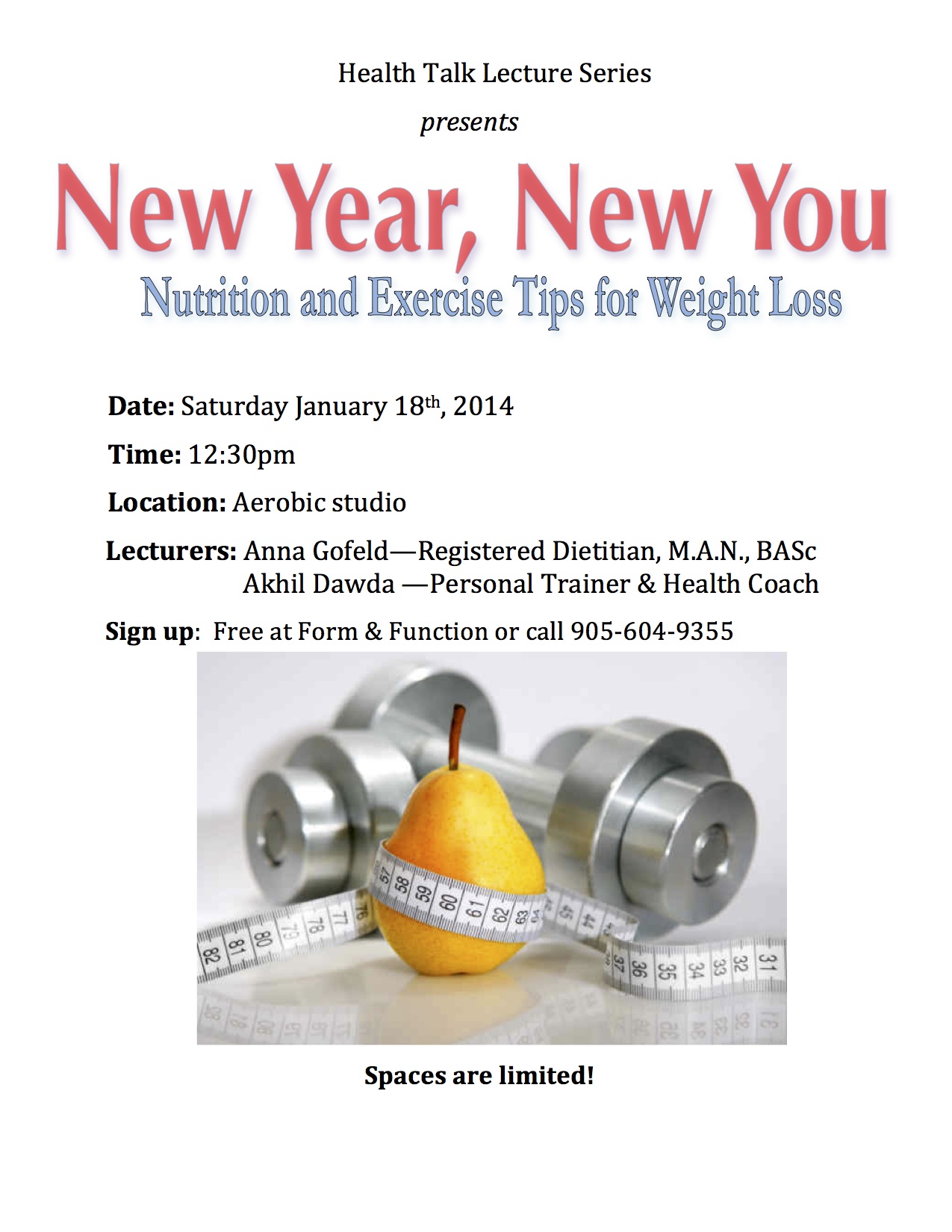Infected Ingrown Toenails: How to Avoid Them
Ingrown toenails have a tendency to curl into the skin on the side of the toenails and cause excruciating pain. In some cases, an infection can occur, leaving the skin to become red and swollen. Blood and pus may also be present around the infected areas.
Here are some tips to avoid infections:-
1) Try soaking your feet with Epsom salts and warm water. This will reduce pain and swelling around the toenails.
2) Make sure to cut your toenails straight across instead of curving them into the corners, which will increase your risk of ingrown toenails.
3) Keep your feet dry at all times.
4) Apply an antibiotic ointment and bandage around the area to reduce your risk of infection around the toe.
5) Wear shoes which allow more room around the toes to avoid adding pressure to the ingrown toenails.
Most importantly, seek the advice of a Chiropodist for more comprehensive advice regarding your ingrown toenails. Please feel free to contact, Jennifer Lam, the Chiropodist at the Form and Function Clinic for a consultation.

